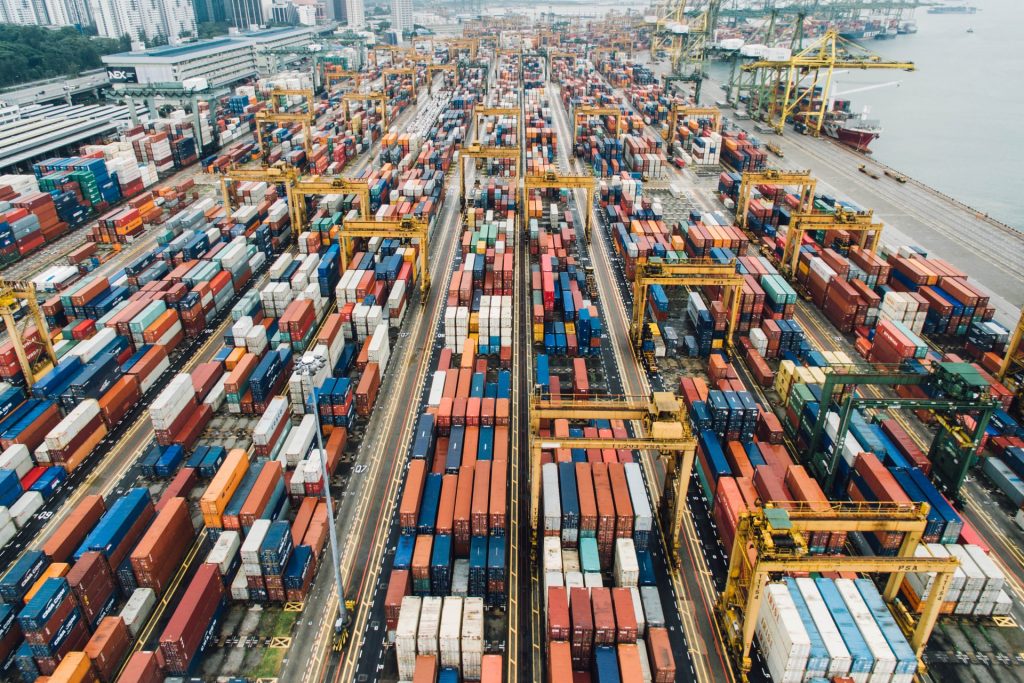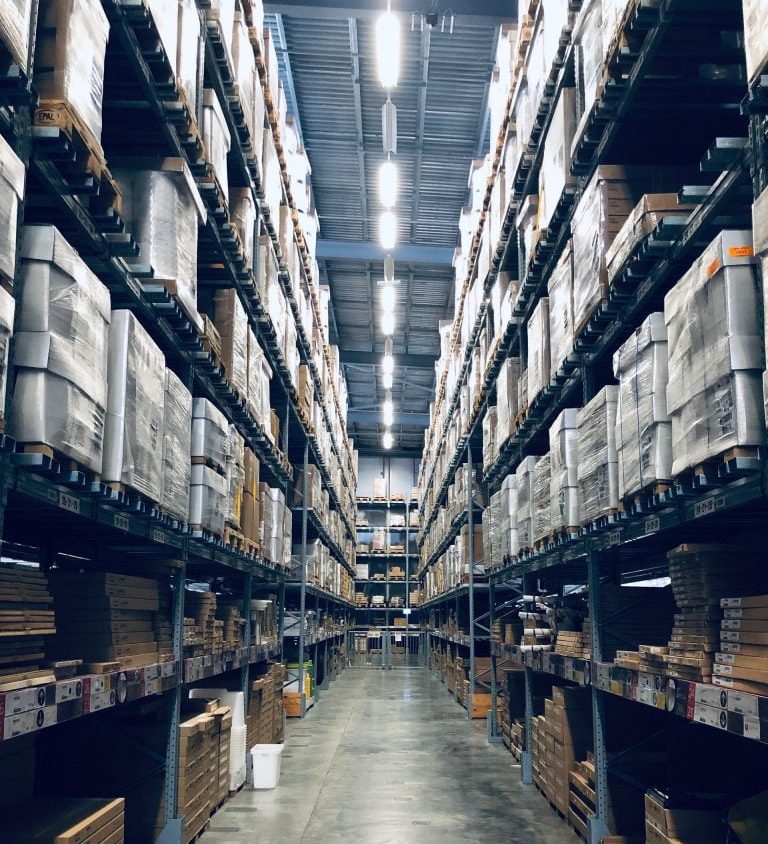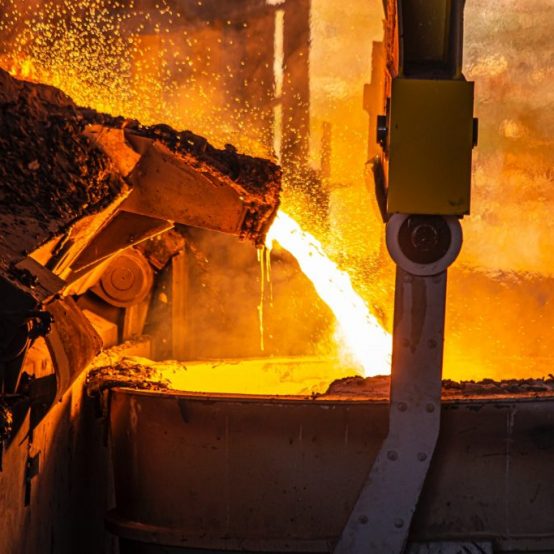

As we’re sure you’re probably aware, the fenestration industry is still reeling from the effects of the pandemic. Shutdowns, supply chain disruptions, delays, rising transportation and energy prices, as well as labor shortages have all come together to result in the perfect storm for construction-related industries. Basic construction supplies such as concrete, bricks, cement–not to mention wood, steel, aluminum, or even copper piping–have seen significant price hikes over the past year. On top of that, shortages and delays in delivery time have added additional costs to contractors, architects, and homeowners.
Although job sites are back up and running, contractors, as well as everyone else in the industry, are now left struggling to stay on top of these issues. Because much of the work within this industry is directly linked to the construction industry, and we deal in many of the same raw materials, the fenestration industry has been dealing with the same issues. Some of our clients have been asking about these issues and what they mean for their projects. So, we thought we would get everyone up to date and provide some insights, from our perspective, on what’s behind these increases and what they mean for our clients.
As we move into 2022, no one can say for sure how all of this is going to play out. However, we do know how important it is to stay on top of all of this. So, here, we also offer some tips on what you can do to stay ahead of the curve and minimize further disruptions.
Here is a quick breakdown of some of the most notable price increases. These should provide a sense of context for the changes within the windows and doors industry.

If there’s one thing the past year has shown us about the way our global supply chain works, it’s that everything is a little more interrelated and complicated than most people think.
The first, and most obvious reason, for the supply chain and price increase issues we’re encountering now is the pandemic.
As the pandemic spread across the globe in early 2020, more and more countries went into lockdown, shutting down hundreds of thousands of businesses as well as industries.
mmediately, manufacturing was scaled back and production levels dropped in line with the decreased need for construction materials.
But as time went on, and economies began opening up, and construction projects re-commenced, manufacturers–which for many reasons weren’t at pre-pandemic staffing levels–struggled to keep up with the renewed demand for materials.
As a result of this, orders became back-logged and now there are many manufacturing plants across the globe which are backed up for the next six months.
Finally, labor shortages here in the US (specifically delivery drivers and installation teams) have put further strain on the system.

The second, as important but less well-known reason, is due to an issue with skyrocketing energy prices. As many will already know, heavy industry manufacturers use tremendous amounts of energy to produce materials such as steel, copper, or glass.
Most of this is done by using natural gas, electricity, and coal–the prices of which have reached all-time highs over the past sixteen months.
As you can see, each part of the process has seen considerable price hikes. More importantly, each part has a significant knock-off effect on the rest of the industry. Although they have begun to stabilize somewhat, prices are still very volatile. For context, right now, most quotes for construction materials expire in less than two weeks. With window and door companies always striving to keep their prices competitive, and customers always looking for the most value, we know that price volatility is bad for both businesses and customers.
Supply chain issues and volatile energy prices are set to continue into 2022. As a result of this, architects and homeowners should consider the upsides of locking in prices sooner rather than later. Currently, many companies are only willing to honor quoted prices for around 14 days. Some companies are turning to Materials Price Escalation Clauses in their contracts in order to hedge against future price increases.
This type of clause effectively factors in potential price increases so that the customer can be aware of price volatility. The customer agrees in advance to price increases if material costs escalate. However, in these types of contracts, customers are granted a ‘get-out’ clause by agreeing upon a maximum price increase. This could be, for example, 10%). If the price rises above this, the customer is no longer bound to the contract. This contract has become popular precisely because it factors in the volatility. This means that entire contracts don’t have to be rewritten as a result of minor increases. This can save companies, architects, and homeowners considerable time.
Here at Open Architectural Windows and Doors, we are working very hard with all of our suppliers to minimize potential delays or any additional expenses to our clients. We have been working with all of our clients to highlight the volatility. Also, we try to remind them that, if the past year has shown us anything, waiting for prices to return to normal isn’t always the best strategy.
Our products are not something we feel we can cut corners on. Premium quality products remain at the heart of our business model; it will always be our number one priority for our customers. Do you have a project in mind and would like to speak with someone about it? Give us a call today at 718-403-0300, or email us at info@openawd.com for a free consultation. We’re confident that we can still help you to get your project done as timely and efficiently as possible.